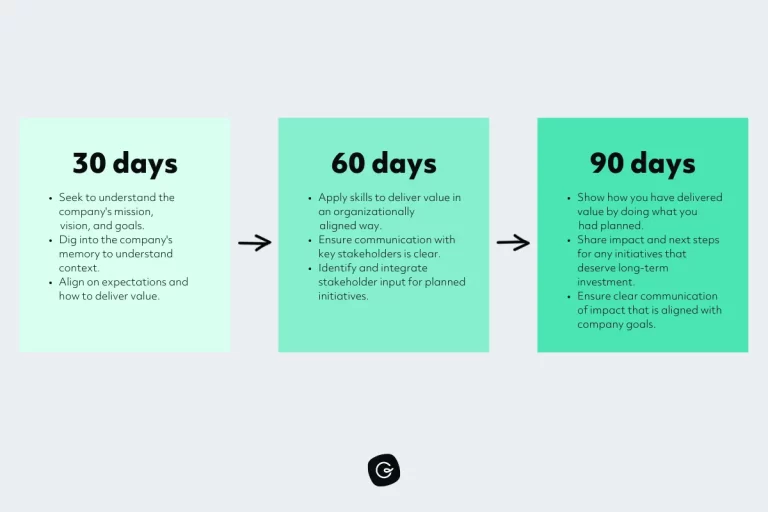Effective Communication Strategies for Program Managers
In the realm of program management, effective communication is the cornerstone of success. Program managers are tasked with overseeing complex projects involving multiple stakeholders, diverse teams, and intricate processes. To navigate this dynamic landscape, program managers must possess a robust set of communication strategies.
In this blog post, we will explore the importance of effective communication for program managers and provide practical tips to enhance communication within your programs.
The Significance of Communication in Program Management
Communication is not merely a soft skill; it is the backbone of program management. Here’s why it’s crucial:
Stakeholder Alignment: Program managers must ensure that all stakeholders, from executives to team members, share a common vision and understanding of the program’s objectives.
Issue Resolution: Effective communication facilitates the quick identification and resolution of issues and risks that may jeopardize the program’s success.
Decision-Making: Program managers rely on communication to gather insights, feedback, and data necessary for informed decision-making.
Team Collaboration: Coordinating teams across various departments and locations requires clear and consistent communication to keep everyone on the same page.
Change Management: Programs often involve significant organizational changes. Clear communication helps employees adapt and embrace these changes.
Practical Communication Strategies for Program Managers
Now that we’ve established the importance of communication, let’s explore some effective strategies for program managers:
Tailor Your Message: Different stakeholders, like senior executives, team members, and clients, have unique information needs and preferences. For instance, while executives might prefer high-level summaries, technical teams may require detailed technical updates. Adjust your communication style and content accordingly to connect with each group effectively.
Establish a Communication Plan: Develop a detailed communication plan specifying who needs which information, when, and through preferred channels. For example, you might schedule weekly email updates for team members and monthly project review meetings with stakeholders.
Active Listening: Demonstrate respect and gain valuable insights by actively listening to stakeholders and team members. This involves not only hearing but understanding and responding thoughtfully to their concerns and ideas.
Transparency: Maintain transparency about program progress, challenges, and successes. For example, openly discussing project delays and the steps taken to address them builds trust and credibility among stakeholders.
Use Multiple Channels: Employ a variety of communication channels like face-to-face meetings, emails, collaboration tools, and detailed reports. Adapt the medium to suit different situations, such as using emails for quick updates and meetings for in-depth discussions.
Feedback Loops: Establish mechanisms for stakeholders and team members to offer feedback. Encourage regular input through surveys or feedback sessions, and utilize this information to refine communication strategies and program processes.
Crisis Communication: Have a clear plan for managing unexpected crises or issues. Ensure communication during these times is clear, concise, and timely to effectively manage the situation.
Cultural Sensitivity: When dealing with global teams, be mindful of cultural differences in communication styles. For instance, understanding and respecting hierarchical structures in some cultures can prevent misunderstandings.
Regular Updates: Schedule consistent status updates to keep all parties informed about program progress. Regular updates, like bi-weekly reports, help in aligning expectations and preventing surprises.
Conflict Resolution: Enhance your conflict resolution skills to address disagreements and tensions promptly and constructively. Effective communication, such as open discussions and seeking mutual understanding, can often prevent conflicts from escalating.
Conflict Resolution Procedure
Conflict resolution is a critical process for addressing disagreements or conflicts in a constructive manner. Here’s an outline of key steps and considerations in conflict resolution:
Identify the Conflict: Recognize that a conflict exists. This involves understanding the nature of the conflict, the parties involved, and the underlying issues or interests.
Set a Constructive Atmosphere: Create a safe, respectful environment for discussion. This may involve finding a neutral location, agreeing on ground rules, and ensuring that all parties feel heard and respected.
Clarify Perceptions: Involve all parties in expressing their perspectives without interruption. Understanding each other’s viewpoints is crucial, even if there is disagreement.
Gather Information and Share Viewpoints: Encourage an open exchange of information about the conflict. This might involve sharing feelings, experiences, and how the conflict affects each party.
Identify Needs and Interests: The root of many conflicts lies in unmet needs or interests. Identifying these can help in finding a resolution that satisfies all parties.
Generate Options: Brainstorm possible solutions to the conflict. Encourage creativity and open-mindedness. The goal is to find a solution that addresses the needs and interests of all involved.
Evaluate and Choose Solutions: Discuss the pros and cons of each option. Aim for a solution that is fair, realistic, and acceptable to everyone.
Agree on a Plan and Implement It: Develop a plan of action that outlines who will do what and by when. Clear, concrete steps and deadlines help in effective implementation.
Monitor and Follow Up: After implementing the solution, monitor its effectiveness. Be open to making adjustments if necessary.
Reflect and Learn: After resolving the conflict, take time to reflect on what was learned from the experience. This can help in preventing similar conflicts in the future and improving conflict resolution skills.
Effective conflict resolution often requires good communication, empathy, and a willingness to understand and meet the needs of all parties involved. It’s important to remember that conflict resolution is not about winning or losing, but about finding a mutually satisfactory solution.
Conclusion
Effective communication is the glue that holds a program together. Program managers who master the art of communication not only increase the likelihood of program success but also foster collaboration, trust, and engagement among stakeholders and teams. By tailoring messages, being transparent, and actively listening, program managers can navigate the challenges of program management with confidence, ensuring that everyone involved remains aligned with the program’s goals and objectives.





